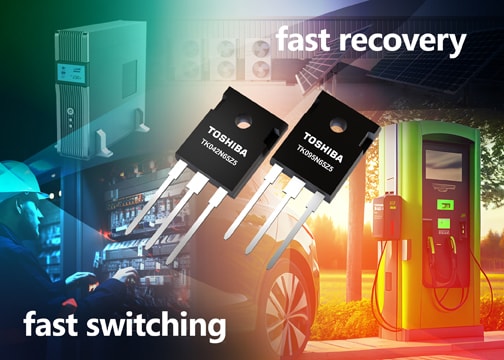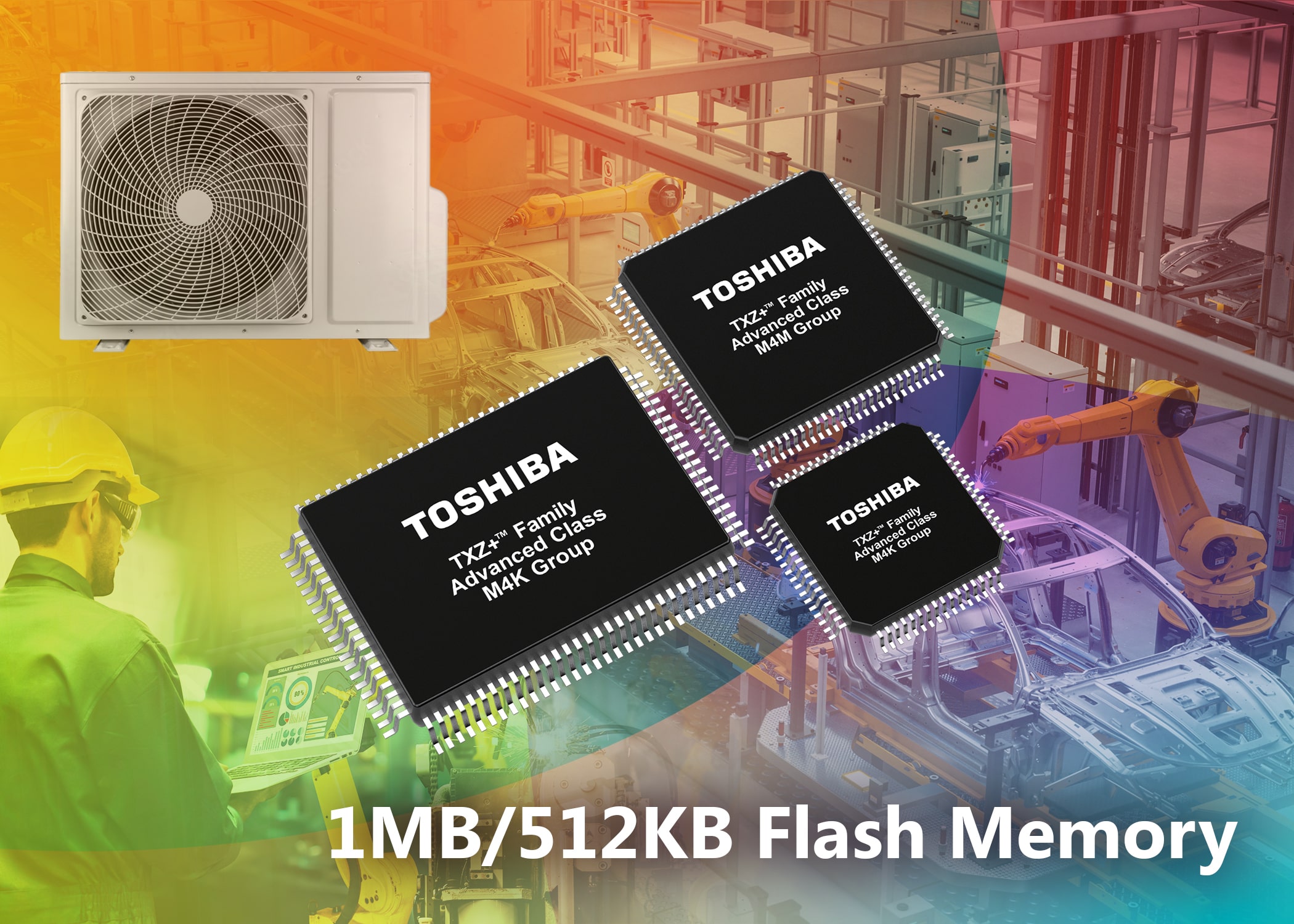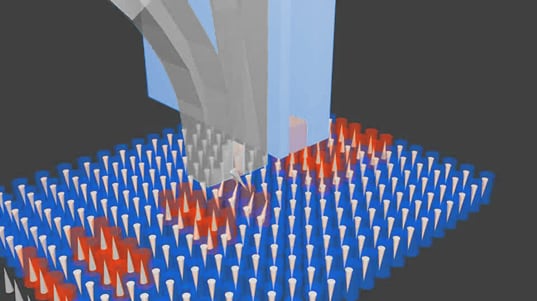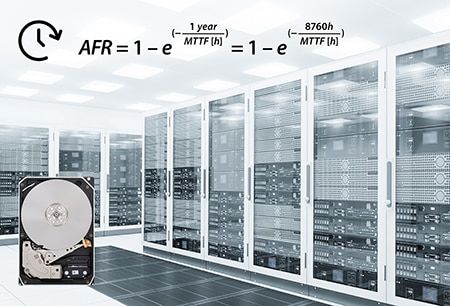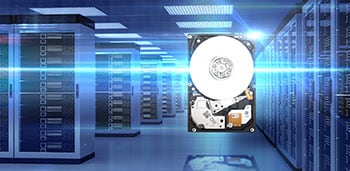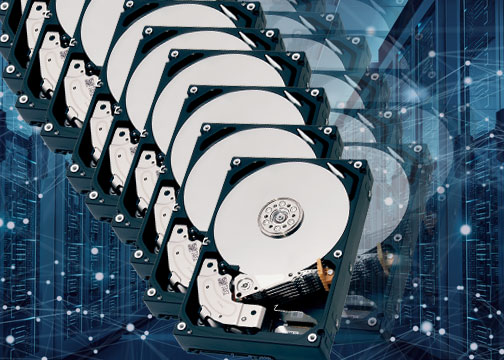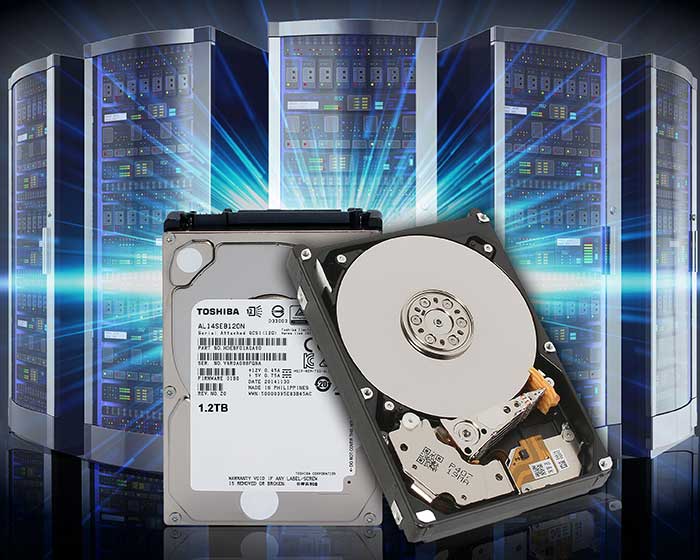- General Top View
-
SEMICONDUCTOR View
-
Applications
Body Electronics
xEV
In-Vehicle Infotainment
Advanced Driver-Assistance Systems (ADAS)
Chassis
Infrastructure
BEMS/HEMS
Factory Automation
Commercial Equipment
IoT Equipment
Healthcare
Wearable Device
Mobile
Computer Peripherals
-
Products
Products
-
Design & Development
Design & Development
Innovation Centre
At the Toshiba Innovation Centre we constantly strive to inspire you with our technologies and solutions. Discover how to place us at the heart of your innovations.
-
Knowledge
Knowledge
Highlighted Topics
Further Materials
Other
- Where To Buy View
-
- STORAGE View
- COMPANY View
- Part Number Search
- Cross Reference Search
- Keyword Search
- Parametric Search
- Stock Check & Purchase
This webpage doesn't work with Internet Explorer. Please use the latest version of Google Chrome, Microsoft Edge, Mozilla Firefox or Safari.
require 3 characters or more.
The information presented in this cross reference is based on TOSHIBA's selection criteria and should be treated as a suggestion only. Please carefully review the latest versions of all relevant information on the TOSHIBA products, including without limitation data sheets and validate all operating parameters of the TOSHIBA products to ensure that the suggested TOSHIBA products are truly compatible with your design and application.
Please note that this cross reference is based on TOSHIBA's estimate of compatibility with other manufacturers' products, based on other manufacturers' published data, at the time the data was collected.
TOSHIBA is not responsible for any incorrect or incomplete information. Information is subject to change at any time without notice.
require 3 characters or more.
Storing the world’s most valuable experimental data

Since 2014, Toshiba Electronics Europe GmbH has been a key storage partner of CERN who have 3,200 JBODs carrying 100,000 hard disk drives (HDD) providing 350 PB of storage, 10 PB of which is consumed each month from new data requiring analysis. The original system in 2014 made use of the MG03 4 TB capacity drives, server-grade storage designed for high reliability and optimized for highest capacity at the time.
By the time of the experiment “Run 2” at the end of 2015 it was clear that more capacity would be required. An upgrade to the MG04 series with 6 TB per drive saw each JBOD grow in capacity to 144 TB. But even this proved not to be enough. Thankfully Toshiba had been pushing capacities for HDD technology forward and, in 2018, CERN upgraded again to the MG07 series, selecting 12 TB drives.
This saw 288 TB per JBOD being brought online in part thanks to the use of helium gas being used inside the drives, allowing the number of platters to increase to 9 per drive. A drop in operating power consumption of a third per drive also contributed to power savings.
Despite the mind-bending results of the experiments and the quantity of data being handled, it is important to remember that there is another critical requirement of the HDDs used: reliability. Over the course of Toshiba’s relationship with CERN, mean time to failure (MTTF) improved from 1.2 Mio hours with the MG04 to 2.5 Mio hours with the MG07. This has led to a drop in the annualized failure rate (AFR) for storage over that period from 0.72% to 0.35%.
Currently, in 2019, the LHC is again in shut down, being upgraded in preparation for “Run 3” in 2021. Toshiba is readying itself for the next wave of storage upgrades by preparing for launches of drives of up to 18 TB, enabling 432 TB of capacity per JBOD.
Should you be preparing to build your own particle physics experiment, or just looking for huge storage capacity with fantastic reliability, you can review our white paper on this topic available here:
